Books to Read Aloud to KS1

A child who is read aloud Peter Rabbit at five, will be far better equipped to tackle Peter Pan independently at ten. Reading aloud to young children is so valuable. While most children in Key Stage One are still getting to grips with phonics, the vocabulary they can read to themselves is limited. But they are at an age when their brains are like sponges, so it is so important that we feed them on a rich vocabulary from a young age. The easiest way to do this is to read aloud (there are so may fantastic audio books available as well).
The books on this list are our favourite books, written for the very young. As with our other challenge book lists, most of these stories are written a long time ago, so they are full of advanced vocabulary which most young children would struggle to read aloud to themselves. They are totally able to listen and comprehend, however!










Scroll down to read our reviews on our top 10 books to read aloud to young children.

Milly Molly Mandy Stories
Joyce Lankester Brisley (1928)
The Milly-Molly-Mandy Stories are charming tales about a little girl, living a simple life with her family in “the nice white cottage with the thatched roof" in a rural English village. The illustrations are lovely, but I think my favourite thing about these stories is the maps, which I would study for hours as a child. Milly-Molly-Mandy lives in a world where children are free to roam without adult supervision and we read about the adventures that she has with her friends Billy Blunt and Little Friend Susan. These are very gentle stories, where nothing dangerous ever happens, and they are perfect to read aloud to young children.
words: 16,929
book level: 5.2
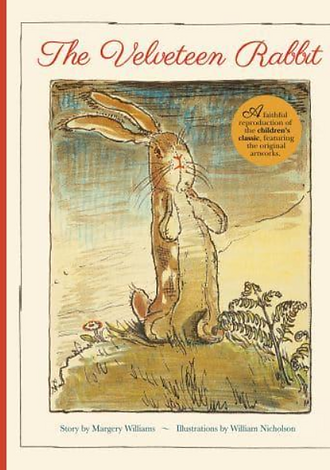
The Velveteen Rabbit
Jill Murphy (1922)
The Velvetine Rabbit’s alternative title, How Toy’s Become Real, sums up what this delightful and heart-warming story is all about. One night in the nursery, when the humans in the house are fast asleep, the wise, old Skin-Horse explains to the Velvetine Rabbit exactly how a toy can become real. For a toy to become real, they must be loved- really loved- by a human child. Written in 1922, this is an absolutely magical story that has been adored for generations.
words: 3,877
book level: 4.9
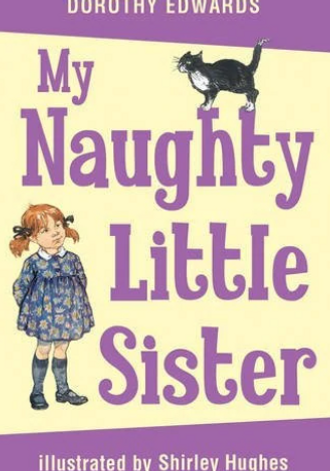
My Naughty Little Sister
Dorothy Edwards (1952)
Dorothy Edwards based the character of 'my naughty little sister' (whose name we never discover) on her own naughty little sister, Phyllis. She is a curious and lively child of about three, who is also stubborn and disobedient and endlessly getting into mischief. While written with huge affection, we empathise entirely with the mortification that the older sister regularly has to suffer at her younger sister's expense. Told very much with a 'story'teller's voice', this is the idealbook to read aloud to young children (who will no doubt recognise elements of themselves in the cheeky child!).
words: 17,254
book level: 5.2

Brambly Hedge
Jill Barklem (1980)
The Brambly Hedge stories are enchanting. I could gaze at one of Jill Barklem's detailed illustrations for hours and still find things that I hadn't noticed before, the next time I look! There are 8 stories in total about the little mice who live in charming homes, carved into tree trunks, amongst the brambly hedges of the English countryside. The first four books follow the community of mice through the four seasons. Jill Barklem followed these seasonal stories with four more adventures about the little mice, my favourite being Poppy's Babies.
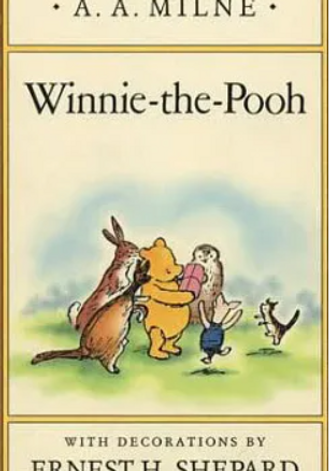
Winnie the Pooh
A.A. Milne (1926)
Everybody knows and loves Winnie the Pooh. Sadly, it is the famous Walt Disney version that many associate with the character, but for me, the original tales by A.A Milne, with Ernest Shepherd’s iconic illustrations, are far superior. They are a must read aloud to any young children. Originally written for his son Christopher Robin, about his childhood toys, A.A Milne’s stories are full of affectionate humour. The toys personify personalities that we all know and love in real life- timid Piglet, bouncy Tiger, motherly Kanga, gloomy Eyore, know-it-all Rabbit and of course ever-faithful Pooh.
words: 22,671
book level: 4.6

The Tale of Peter Rabbit
Beatrix Potter (1902)
For me, there are no better books to read to your young children, than Beatrix Potter's magical tales. With their beautiful water colour illustrations, they are iconic children's calssics. Peter Rabbit is the most famous of the book characters, but my favourites tales have always been Mrs Tiggywinkle and Tom Kitten. There are 23 stories in total, based on the animals that Beatrix Potter observed from her stunning home in The Lake District. When she died, she left all of her property to The National Trust so the public are able to visit her home, preserved just as it was when she lived there- it is well worth a visit!
words: 975
book level: 4.2

The Story of Babar the Little Elephant
Jean de Brunhoff (1902)
Babar the young elephant wanders into the city, after his mother is tragically shot by a hunter. Thankfully the story quickly cheers up as Babar meets a kind old lady who takes him in and teaches him how to be civilised- buying him clothes and hiring a tutor to teach him to read and write. Babar grows fond of the old lady, but when his cousins, Arthur and Celeste, come to find him in the big city, he decides to return to the jungle with them. As soon as he returns, the elephant king dies by eating a bad mushroom, and Babar is chosen as the new King of the elephants. He introduces his new refined ways into jungle life, creating a new civilisation for the elephants.

The Squirrel, the Hare and the Little Grey Rabbit
Alison Uttley (1929)
The first Little Grey Rabbit book introduces us to the woodland characters, that appear in over 30 well-loved stories, spanning four decades. Little Grey Rabbit is a modest, gentle soul wo lives in a little cottage with her two friends; Hare- a loud and boastful character, who is always looking for adventure, and Squirrel- a vain and self-centered animal, concerned largely with her looks. By the end of the first book both Hare and Squirrel see the error of their selfish ways, and while their character-flaws are still present in later books, we grow to love them despite this. The illustrations by Margaret Tempest are beautiful.
words: 2,017
book level: 4.0
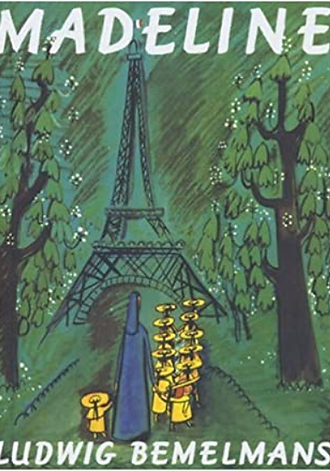
Madeline
Ludwig Bemelmans (1939)
Ludwig Bemelmans wrote six Madeline books in total, published between 1939- 1961. Beautifully illustrated, they tell the story of Madeline- a little girl who goes to a boarding school in Paris, run by the strict, yet loving, Miss Clavel. Madeline is the smallest of the girls at the school but she is fiercely confident and brave. Written in rhyme, the first story outlines courageous Madeline’s visit to the hospital, to have her appendix removed.
words: 418
book level: 3.1
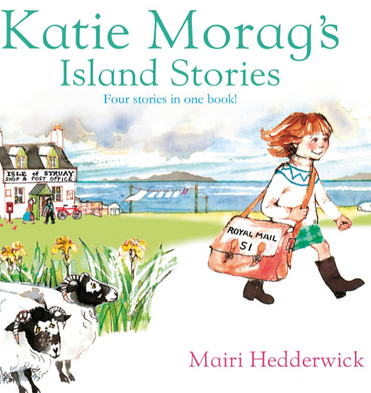
Katie Morag's Island Stories
Mairi Hedderwick (1984)
The Katie Morag books are just wonderful, with their captivating, busy illustrations, showing the hustle and bustle of everyday family life, on a remote Scottish Island. Mairi Hedderwick doesn’t sugar-coat anything- Mum is often frazzled and Grannie Island grumpy, but the characters are all written with such love and the stories are full of coziness and warmth. Like the Milly-Molly-Mandy stories, it is the detailed maps that I enjoy most about Mairi Hedderwick’s charming books.









